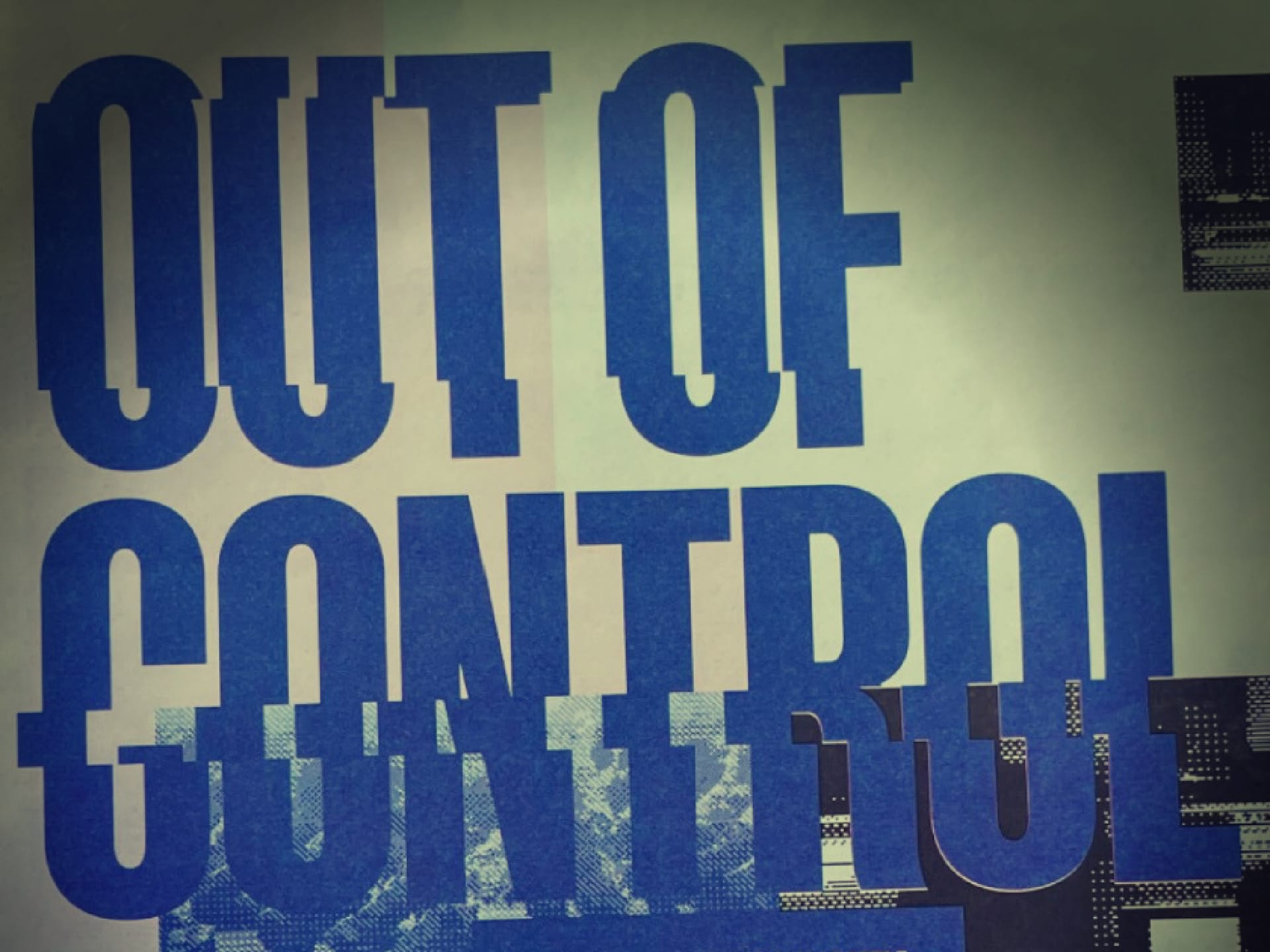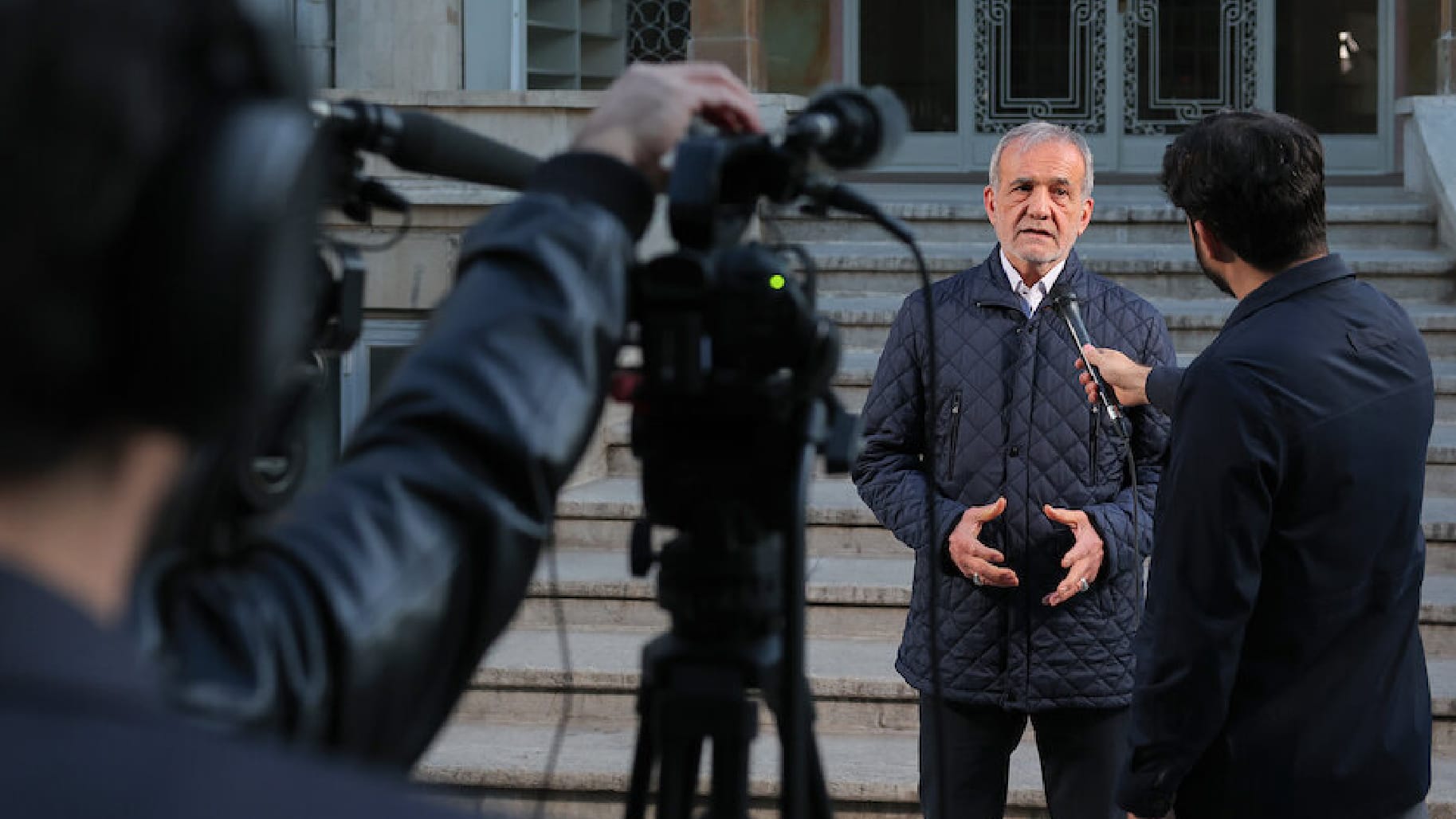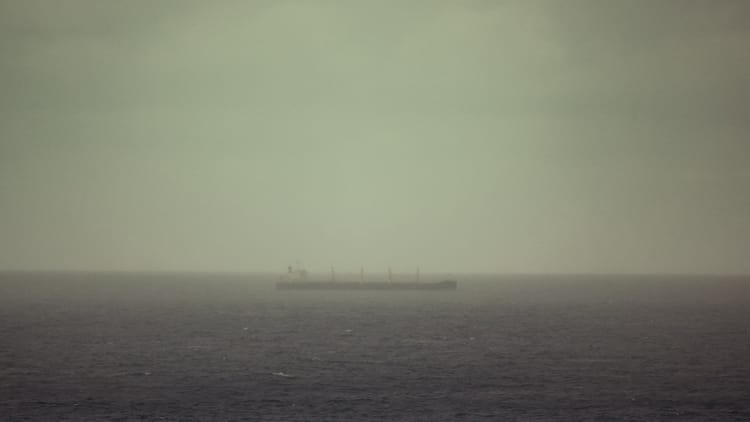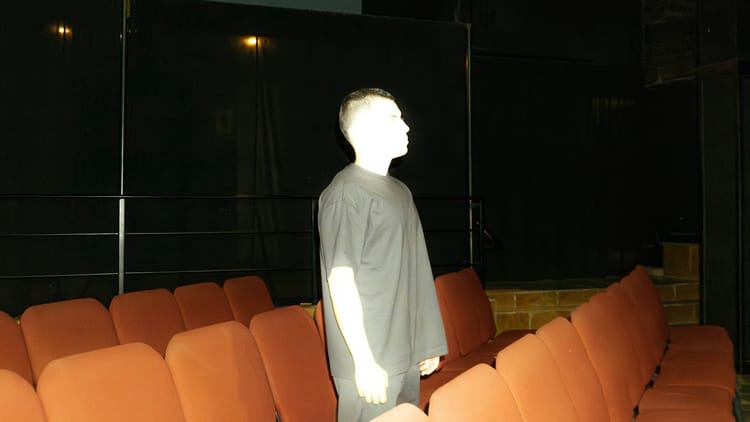Execution in the Pacific

Recently: How do you take in millions of refugees? Karen Jacobsen’s new book, Host Cities: How Refugees Are Transforming the World’s Urban Settings.
Today: For decades, the Coast Guard intercepted suspected drug runners, boarded their boats, seized their cargo, and arrested them for prosecution. Evidence, trials, documentation. Now the U.S. administration is killing them, citing intelligence no one sees. The campaign started in the Caribbean; now it’s reached the Pacific.
+ For members: The Kremlin and Syria’s Islamist rulers were at war for years. Why are they working together now? Vali Nasr on the swift and unexpected transformation of power in the Middle East.
& New music from Kelly Moran ...
No manifest
U.S. forces killed two people aboard a boat in the eastern Pacific on Tuesday, according to U.S. Defense Secretary Pete Hegseth. It’s the first time the American administration’s deadly counternarcotics campaign has struck outside the Caribbean Sea. Hegseth said the attack happened in international waters “along a known narco-trafficking transit route” and that the boat was “known by our intelligence to be involved in illicit narcotics smuggling.” He didn’t identify the victims or provide evidence that the boat was carrying drugs. Since early September, when the U.S. military began killing suspected drug runners in the Caribbean, officials have disclosed eight strikes accounting for more than 30 deaths.
The administration hasn’t made public any evidence supporting its claims that the targets were confirmed drug smugglers—no manifests, no photographs of contraband, no post-strike boarding reports. Last week’s strike left two survivors who were quickly repatriated—one from Colombia, one from Ecuador. Both countries export more drugs than Venezuela does, using extensive corridors through the Pacific to reach the United States. The administration has justified the killings, claiming the U.S. is in armed conflict with Latin American cartels it sees as terrorist organizations poisoning Americans.
For decades, U.S. counternarcotics operations at sea followed a recognizable pattern. The Coast Guard would intercept suspected smuggling vessels, board them, seize contraband, and arrest crew members for prosecution in American courts. Those interdictions produced evidence chains, court records, and bilateral agreements with partner nations. They were slow and bureaucratic and produced limited results—but they operated within established legal frameworks and generated verifiable outcomes. The current campaign has produced body counts with no supporting documentation. Officials announce strikes, cite intelligence, and move on. No boarding teams verify cargo. No courts review the evidence. No mechanism exists for determining whether the people killed were actually smuggling drugs or simply fishermen on the wrong route at the wrong time. About 10,000 troops and a fleet of warships have surged into Caribbean waters to support the operations. Some familiar with the campaign describe it as psychological warfare intended to fracture Venezuelan armed forces or persuade President Nicolás Maduro to step down. U.S. President Donald Trump has said nothing to dispel concerns about broader military action. The strikes have now expanded to a second ocean, with no indication that the administration plans to provide evidence for any of the killings or establish any review process. Eight strikes, 30-some deaths, no one offering proof that any of them were hauling contraband.

The Signal’s new print extra is here. A limited-run newsprint magazine, Out of Control explores the global battle over money and assets between dictators and dissidents.
Currently available in the U.S.A. If you’re interested in ordering internationally, have any questions, be in touch: concierge@thesgnl.com.
Meanwhile
- A Trump-Putin summit is off. U.S. President Donald Trump said on Tuesday that he’d cancelled a planned summit with Russia’s President Vladimir Putin, telling reporters he doesn’t want “a wasted meeting” after reviewing proposals from both sides. Putin’s foreign minister, Sergei Lavrov, indicated Russian displeasure with American terms, saying Moscow finds Washington’s approach “unserious.” Several European countries are working on a 12-point peace plan that would freeze battle lines roughly where they stand now, according to diplomats familiar with the effort.
- Japan’s first woman prime minister. Sanae Takaichi, 64, won the leadership of Japan’s Liberal Democratic Party on Tuesday in a runoff against Shigeru Ishiba. Takaichi has drawn controversy in Japan for visiting Yasukuni Shrine, which honors war criminals among the memorialized dead, for opposing same-sex marriage, and for advocating restrictions on foreign-property ownership. On foreign policy, she’s called for Japan to develop counterstrike capabilities against Chinese military installations and says Taiwan’s security is inseparable from Japan’s own. She meets Trump in Washington next month to discuss closer defense coordination between the two countries.
- Sarkozy begins his sentence. Former French President Nicolas Sarkozy, 70, reported to La Santé prison in Paris on Tuesday to begin serving a five-year sentence for illegal campaign financing tied to Libya. A court convicted him in 2021 of accepting €50 million for his 2007 presidential campaign from the government of Libya’s then-leader, Muammar Gaddafi. Sarkozy has exhausted his appeals. His lawyers say they’re seeking early release, hopefully by Christmas.
- The East Wing comes down. The Trump administration is demolishing additional structures in the White House East Wing despite objections from the U.S. National Trust for Historic Preservation and the American Institute of Architects, both of which called the work unauthorized and potentially irreversible. Karoline Leavitt, the White House press secretary, said the renovations are “long overdue modernization” and blamed previous administrations for neglecting maintenance. Crews have removed interior walls dating to the Truman renovation and stripped period fixtures from the Family Dining Room. The National Park Service, which oversees White House preservation, has been excluded from review.
- Signs from the heart of the galaxy. Astronomers may have identified the source of a mysterious gamma-ray glow at the center of the Milky Way, which has puzzled researchers since 2009. A study published on Tuesday in Physical Review Letters suggests the excess gamma rays could result from colliding dark-matter particles—potentially the first direct detection of dark matter, which astronomers estimate makes up 85 percent of the universe’s mass.
From the files
The Damascus switch
The Kremlin and Syria’s Islamist rulers were at war for years. Why are they working together now? Vali Nasr on a swift and unexpected transformation of power in the Middle East.

In 2015, when rebels threatened to overthrow Bashar al-Assad, then the president-dictator of Syria, he, and his allies in Iran, asked Russia to lead a major military campaign to quash the insurgents’ advance. The Kremlin said yes: It had long backed Assad—and his father, Hafez, before him—and had an important naval base and airbase in the country.
So in September 2015, Russia’s armed forces launched airstrikes and ground operations throughout Syria. By January 2017, Moscow said it had undertaken nearly 20,000 combat missions—and Assad was still in power.
By 2019, the civil war had largely become a battle between the regime and the rebels of Hayat Tahrir al-Sham, led by Ahmed al-Sharaa. At the time, Russia’s foreign minister Sergey Lavrov said, “The den of terrorists must be destroyed.”
But in late 2024, with Russia’s military fully occupied in Ukraine, Sharaa and HTS were able to conquer Damascus. They forced Assad to flee—to Moscow, home to many deposed tyrants—in December, and Sharaa became president.
Given this history, it was a little odd that a delegation of top Syrian defense officials, led by Chief of Staff Gen. Ali Al-Naasan, received a warm welcome in Moscow in early October to discuss potentially major arms purchases. Media reports say the talks covered advanced air-defense systems, combat drones, and armored vehicles—the very weapons that Russian forces had used to try to kill Sharaa and his HTS comrades for several years.
Why are these people working together now?
The fall of the Assad regime fundamentally changed the political dynamics of the Middle East, as Vali Nasr explored in The Signal earlier this year, just after HTS took power. Assad’s collapse was a huge blow to the regional strategy and prestige of Iran, which had long been his main patron. It also meant strategic gains for Turkey and Israel—the former had supplied money and weapons to HTS, while the latter was finally rid of the Assads, who’d technically been at war with Israel since taking power in 1970. But, Vali says, this creates new tensions between Turkey and Israel, as each accrues more power in the region.
It also creates an opening for other players in the Middle East to try to benefit from the new reality—and “opportunistic alliances” are likely to emerge. And that looks like what might be happening here. For the Kremlin, it makes sense to woo Sharaa: Russia badly wants to keep its airbase and its naval base on the Mediterranean—its only permanent warm-water naval facility. And with Iran dislodged from Syria and weakened overall, Moscow is looking for partners in the Middle East—it’s selling oil and wheat to Damascus, and it has a deal to print Syria’s new currency.
Sharaa and his new government, meanwhile, have their own urgent goals: First, they need weapons—Israel launched more than 700 airstrikes on Syria between December 2024 and this April, so Sharaa wants to show the Syrian people that he can provide security. He also might be trying to maximize what he can get from the West, Gulf monarchies, and Russia by playing them off one another.
And as Vali says, the emerging rivalry between Turkey and Israel also seems to be part of the calculus with Moscow here: Media reports suggest Israel has lobbied Washington to let Russia keep its bases in Syria—to counter Turkey’s newfound influence in the Middle East …
Your loyal guide to a changing world.
Membership with The Signal means exclusive access to premium benefits:
- Regular profiles on the questions behind the headlines
- In-depth feature interviews with our network of specialist contributors from across America and around the world
- The despatch, our weekly current-affairs and cultural-intelligence briefing
- Early access to new products, including print extras
It also means vital support for an independent new enterprise in current-affairs journalism.
New music
‘Prism Drift’
A new recording from the New York pianist Kelly Moran. Here, in place of the Disklavier she played on her last album, Moran returns to her earlier setup: prepared piano and electronics. Pure, blissful harmonics. Music to elevate your mood.





